August
Longhorn Beetles – Wasp Mimics
Longhorn beetles (Family Cerambycidae) are named because of their long antennae that are always at least two thirds as long as the body (sometimes four times as long!) The bodies of these beetles are long, narrow and with parallel sides, and development usually occurs in deciduous trees or conifers, where the grub-like larvae live under bark or bore into wood.
The strikingly marked Wasp Beetle, Clytus arietis, (Photo 1, Stonebow Washlands, late May 2009) mimics wasps in colour and shape, and also in behaviour.

It runs quickly with jerky movements and is wasp-like in flight. Found in or around woodlands throughout Britain from May to July, adults feed on the nectar and pollen of flowers which are often also visited by wasps. The beetle (20 mm in length) is harmless (without a sting) but gains a survival advantage from resembling a wasp, as birds avoid eating it, or at least hesitate long enough for the wasp beetle to escape! Females search out dead or decaying timber in the Spring, where they lay their eggs. The larvae take two years to develop fully because of the low nutritional value of dead wood. Predators of the beetle include birds which dig out the larvae
and pupae, and parasitic wasps which bore into the wood and lay their eggs inside the beetle larvae.
One of the commonest and most widespread of longhorn species is the Spotted Longhorn, Strangalia maculata, which also has wasp–like black and yellow markings, of highly variable patterns, on its characteristically tapered elytra (wing cases)

(Photo 2, Stonebow Washlands, July 2008). Adult beetles (14 – 20 mm in length) are found feeding on the pollen of flowers, especially umbellifers, from June to August. The larvae develop in moist, rotting wood of various deciduous trees such as oak, beech, willow and poplar.





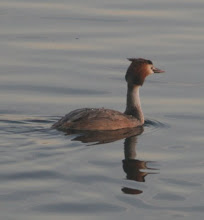
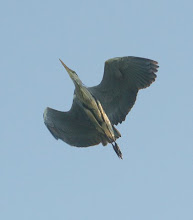
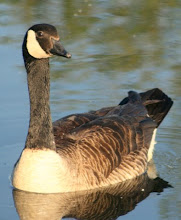
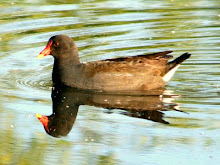
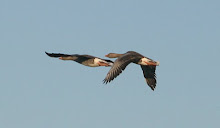
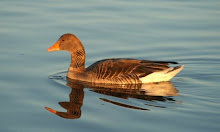
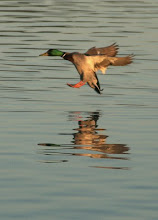
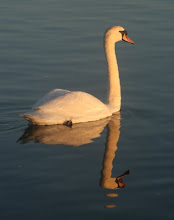
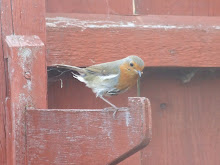
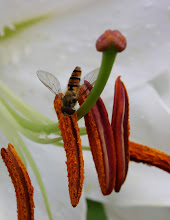
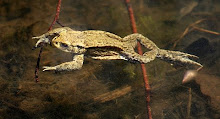


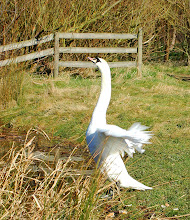

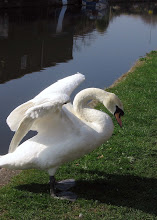
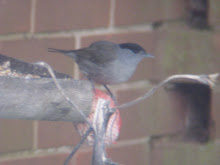
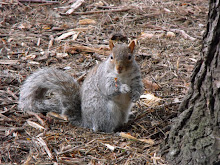
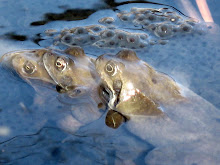
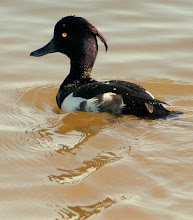
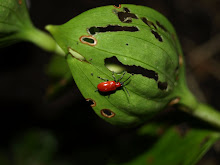
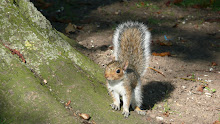
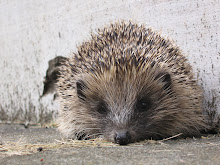
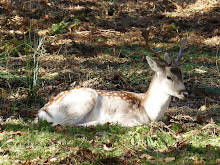
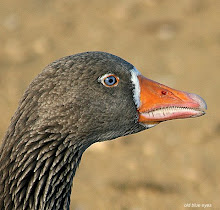
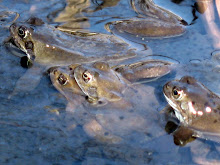
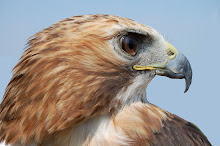
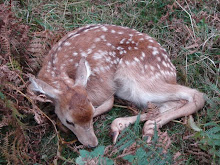
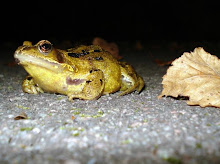
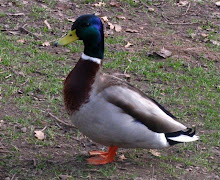
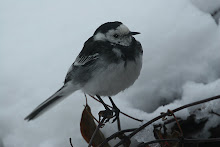
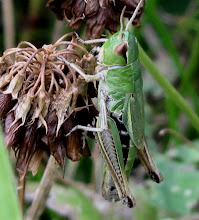
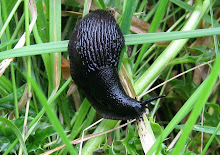
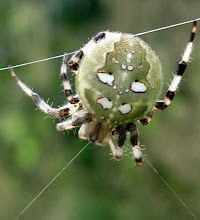
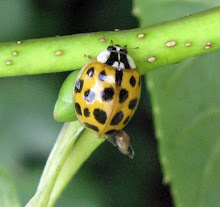
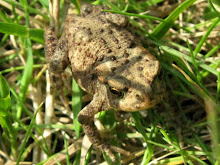
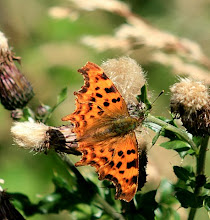
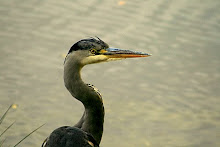

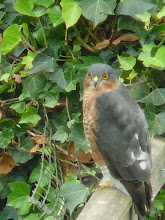
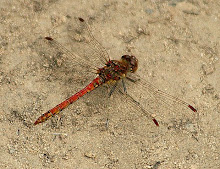









No comments:
Post a Comment